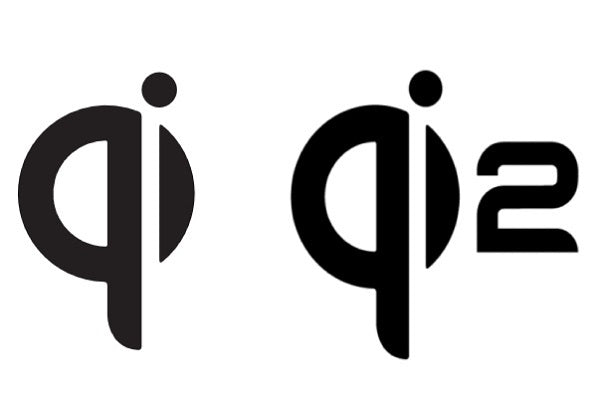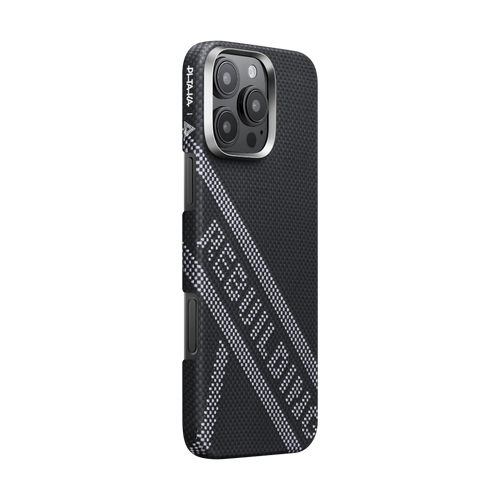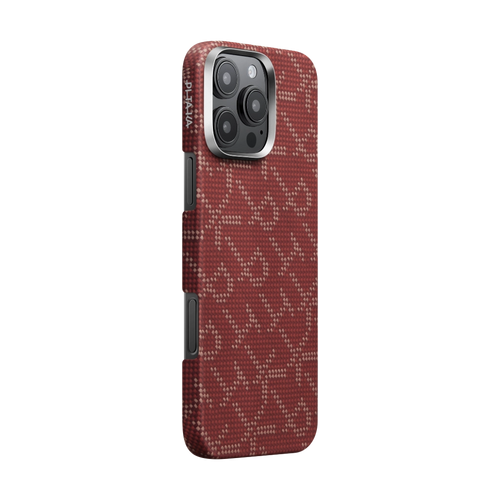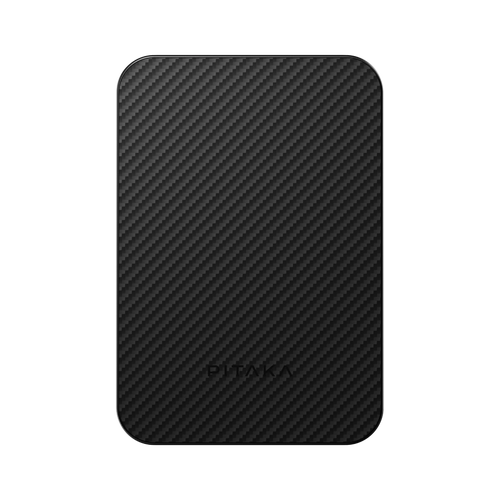In 2008, Wireless Power Consortium (WPC), a multinational organization that maintains standards, published the Qi (pronounced "chee") standard to unify the industry of wireless charging and provide consistent and reliable wireless charging experiences across different devices. After 15 years of research and development, an update to the Qi wireless charging standard, announced by WPC, will be applied throughout the mobile industry. That is Qi2 wireless charging, coming in the holiday season of 2023.

What Is Qi2 Wireless Charging?
What Is Qi?
Before Qi standard emerged, there were several competing wireless charging technologies with varying specifications. This fragmentation created consumer confusion and compatibility issues, as devices using one technology might not work on chargers using another. To overcome these challenges and promote the widespread adoption of wireless charging, the WPC collaborated to develop a simple standard – Qi. It works on the principle of electromagnetic induction which requires a charging pad to generate a magnetic field, transmit inductive energy to a compatible device, and enable wireless charging.
Apart from the benefits of common wireless chargers, including no tangled cords and no worn-out cables and ports, Qi is more of a globally recognized standard that shares universal compatibility. It means that if you have several different Qi-enabled devices, like smartphones, earphones, smart watches, etc., just place them on the Qi-certified charging pad and start wireless charging.
As wireless charging gains popularity, more and more wireless chargers emerge and come with versatile functions. For example, PITAKA's Air Omni is a 6 in1 wireless charger that can charge your mobile phones and smart watches and other devices at the same time.
 Although wireless charging brings convenience, it's not without drawbacks. First of all, Qi wireless charging requires close proximity between the charging pad and the device being charged, generally within a few centimeters. This limited range means that you cannot freely move around with your device while it charges.
Although wireless charging brings convenience, it's not without drawbacks. First of all, Qi wireless charging requires close proximity between the charging pad and the device being charged, generally within a few centimeters. This limited range means that you cannot freely move around with your device while it charges.
Secondly, the speed of Qi charging is far from fast and it takes longer to charge your phone fully than a traditional wired charger, so it may not be an ideal choice when your phone is in urgent need of power. Moreover, the device must stay precisely at the charging area. Any misplacement may cause energy loss or charging failure, prolonging the charging time further.
What Is Qi2?
Aimed to address the current issues and ensure more efficient and safer wireless charging, thus bringing better convenience and user experiences, the upgraded standard, Qi2, is developed to replace the current Qi wireless charging and is expected to be available in the holiday season of 2023.
Based on its predecessor, Qi2 is developed by integrating magnetic connection into the new standard. It is called the “Magnetic Power Profile”, which helps align your phone with the wireless charger more conveniently and precisely, minimizing the chance of misalignment, reducing energy loss, and improving charging efficiency.
What Are the Advantages of Qi2 over Qi?
More Efficient Charging: One of the most significant drawbacks of Qi wireless charging has been its relatively slower charging speed compared to traditional wired chargers. However, Qi2, by introducing magnets, will allow your device to align with the charger perfectly, which helps reduce energy loss during charging, thus improving charging speed and generating less heat.
Compatibility and Interoperability: Qi2 maintains backward compatibility with previous iterations of the Qi standard. This means that users who already own a Qi-compatible wireless charger will still be able to charge their devices using Qi2. Additionally, Qi2 aims to enhance interoperability, ensuring that devices from different manufacturers can charge seamlessly with Qi2-enabled wireless chargers.
Stricter Standard: Safety is vital in wireless charging. For the Qi2 standard, WPC makes a plan of rigorous regulation to unify the industry, which requires bilateral authentication for both chargers and devices. It means that a Qi2-certified device can refuse to be charged by a charger that does not meet Qi2 standard and that a non-Qi2-certified device cannot be charged by a Qi2 wireless charger, effectively lowering the potential risks of damage during charging.
Qi2 vs MagSafe Wireless Charging
What Does MagSafe Do?
MagSafe is a charging technology and a proprietary magnetic connector developed by Apple Inc. It was first introduced in 2006 for MacBook laptops but was later discontinued in 2016. In 2020, Apple reintroduced MagSafe as a feature for their iPhone 12 lineup.
MagSafe uses magnets to securely attach accessories, such as a wireless charger or a case, to the back of compatible devices. The magnets align the accessories in the correct position, ensuring efficient charging and a more convenient user experience. The newer MagSafe technology also supports faster wireless charging compared to traditional Qi wireless charging.

Is Qi2 the Same as Apple MagSafe?
As mentioned above, MagSafe is an exclusive magnetic charging technology developed by Apple. It utilizes magnets to ensure proper alignment between the charger and the device.
On the other hand, Qi2 is an upgraded version of the Qi wireless charging standard and developed by WPC. It improves upon the original Qi standard and integrates with Apple’s MagSafe technology to ensure precise alignment, faster charging speed and better compatibility with various devices, not just for iPhone, but also for Android.
From a larger perspective, they work the same - using magnets to bring snap-and-go experience.
Will iPhone 15 Support Qi2 Wireless Charging?
In 2017, Apple released their iPhone 8 and X series to support the Qi wireless charging standard since then. However, the wireless charging speed remains at only 7.5W, much slower than your wired charger. The problem was not solved until iPhone 12 lines came with MagSafe technology, reaching a fast speed of up to 15W, but you can only get the maximum charging speed by using the Apple-cerfied MagSafe chargers. The wireless charging speed is capped at 7.5W with any non-certified third-party wireless chargers.
The good news is that the upgraded standard Qi2 is about to come, based on MagSafe technology, which helps align your iPhone perfectly with the charging pad. And rumors indicate that this newest iPhone will embrace Qi2-certified wireless charging, with faster speed (with up to 15W probably).
If the iPhone 15 supports Qi2 wireless charging, then third-party Qi2 wireless chargers can also charge the iPhone 15 at a speed up to 15W. You can opt for cheaper Apple MagSafe charger alternatives.
Additionally, you may wonder if your iPhone is currently compatible with a Qi-certified wireless charger, how does it work with a charger of Qi2 standard? The answer is Qi2’s backward compatibility. This means if you usually use a Qi-certified charger to charge your iPhone, you can still charge it wirelessly using Qi2.
Conclusion
Compared to its previous generation, Qi2 wireless charging standard introduces the magnetic functionality which aligns the device with the charging area more precisely, thus optimizing energy efficiency and allowing for faster wireless charging. Additionally, the Qi2 standard delivers wider compatibility and interoperability between chargers and devices. This new update will be a significant revolution for the wireless charging industry. And you’ll see how convenient it will be for charging your iPhone at home, office, or even when traveling.









